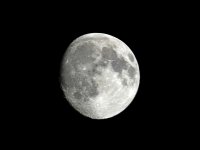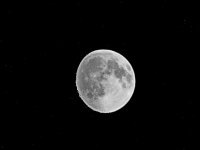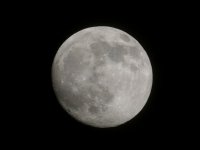- Messages
- 2,529
- Name
- Keith
- Edit My Images
- Yes
Hi folks
So far I have had my focus trained solely on the moon, and I notice there are no stars on the images. If I edit and highlight/contrast a lot, the stars come into picture.
Should I use a full screen all-area focus option, and would that capture the stars? or would that ruin the sharpness of the moon?
Is it better to lose the stars in favour of a precise zoom on the moon?
Here's my examples, using a budget zoom bridge camera. I think the moon looks better with the slight edit. In my opinion, dragging the stars into view ruined the moon, but this could all be down to poor technique and the wrong focussing options on my part?


So far I have had my focus trained solely on the moon, and I notice there are no stars on the images. If I edit and highlight/contrast a lot, the stars come into picture.
Should I use a full screen all-area focus option, and would that capture the stars? or would that ruin the sharpness of the moon?
Is it better to lose the stars in favour of a precise zoom on the moon?
Here's my examples, using a budget zoom bridge camera. I think the moon looks better with the slight edit. In my opinion, dragging the stars into view ruined the moon, but this could all be down to poor technique and the wrong focussing options on my part?




